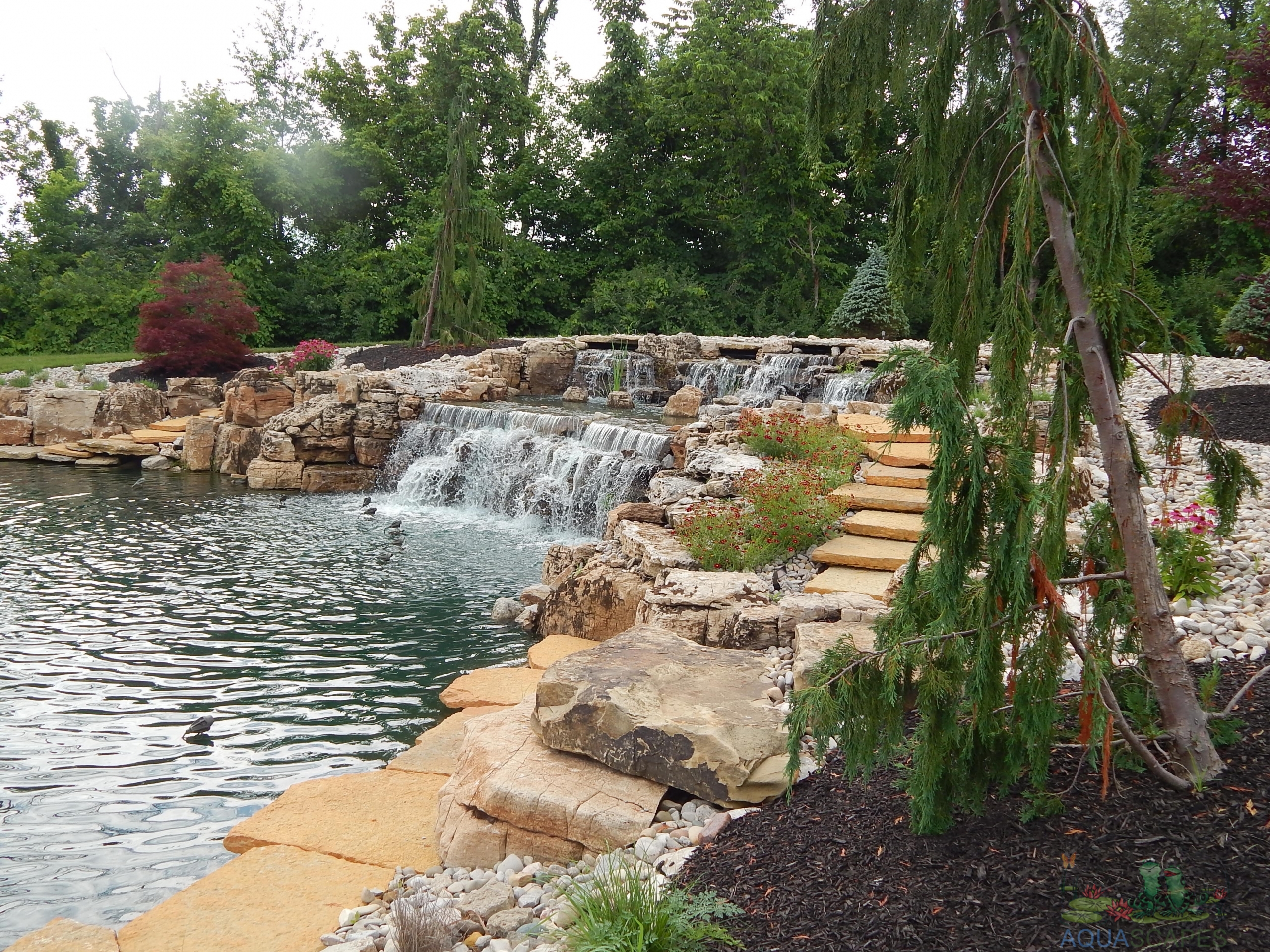Maintaining a healthy and beautiful pond is not just about keeping the water clean; it’s about creating a balanced ecosystem that supports plant and animal life while keeping the water quality high. One of the most critical components of achieving this balance is effective pond filtration. In this blog post, we’ll dive into the essentials of pond filtration, exploring different types of filtration systems and how they contribute to a thriving pond environment.
Why is Pond Filtration Important?
Filtration is crucial for removing physical and biological waste from pond water, which helps prevent the buildup of harmful substances that can cloud water and harm fish and plants. Effective filtration systems maintain clear water, reduce maintenance, and create a more stable environment for pond inhabitants.
Types of Pond Filtration Systems
- Mechanical Filtration:
Mechanical filters remove visible debris such as leaves, uneaten food, and other particulates from the water. These systems typically use a physical barrier, such as a sponge or a pad, which needs regular cleaning to remain effective. - Biological Filtration:
Biological filters are essential for converting harmful ammonia from fish waste into safer nitrates. This process, known as the nitrogen cycle, involves beneficial bacteria that naturally colonize filter media. Maintaining a healthy biological filter is crucial for the overall health of the pond ecosystem. - Chemical Filtration:
Chemical filtration uses media like activated carbon or zeolite to remove toxins, discolorations, and odors from pond water. This type of filtration is used selectively, often to polish water and remove specific impurities.
Designing an Effective Filtration System
Size and Flow Rate:
The effectiveness of a filtration system is largely determined by its size and the flow rate of the water through it. As a general rule, the entire volume of the pond should pass through the filter every hour. Therefore, it’s crucial to choose a pump and filter that can handle the volume of your pond.
Placement:
Filters should be placed where they can process water efficiently. For many ponds, external filters that draw water from one end of the pond and return it to the other create optimal circulation.
Redundancy:
For larger or more heavily stocked ponds, using more than one filter or multiple types of filtration can ensure that the water remains clean even if one system fails or becomes clogged.
Maintenance Tips
- Regular Cleaning: Mechanical filters should be cleaned frequently to prevent clogging and maintain efficiency. However, be careful not to over-clean biological media, as this can disrupt the colonies of beneficial bacteria.
- Seasonal Adjustments: The load on pond filters can change with the seasons. For example, falling leaves in autumn can increase debris, requiring more frequent cleaning or additional mechanical filtration.
- Monitor Water Quality: Regular testing of water parameters like ammonia, nitrite, nitrate, and pH can help gauge the effectiveness of your filtration system and indicate when maintenance or adjustments are needed.
Innovations in Pond Filtration
Advances in technology have introduced new filtration options that enhance efficiency and ease of maintenance. These include:
- Smart Filters: Equipped with sensors to monitor flow rates and clogging, smart filters can alert you when maintenance is needed.
- UV Clarifiers: Used in conjunction with biological and mechanical filters, UV clarifiers use ultraviolet light to kill suspended algae, ensuring the water remains clear without affecting the biological balance.
A well-designed and properly maintained filtration system is the backbone of a healthy pond ecosystem. By choosing the right type of filtration, maintaining it properly, and adapting the system to meet the specific needs of your pond, you can enjoy clear water and a vibrant, healthy aquatic environment for years to come. Whether you’re a novice pond owner or an experienced enthusiast, understanding the essentials of pond filtration is key to successful pond management. Check out our store for all your water gardening needs! Aquascape products are Aquascape Inc. Certified.

